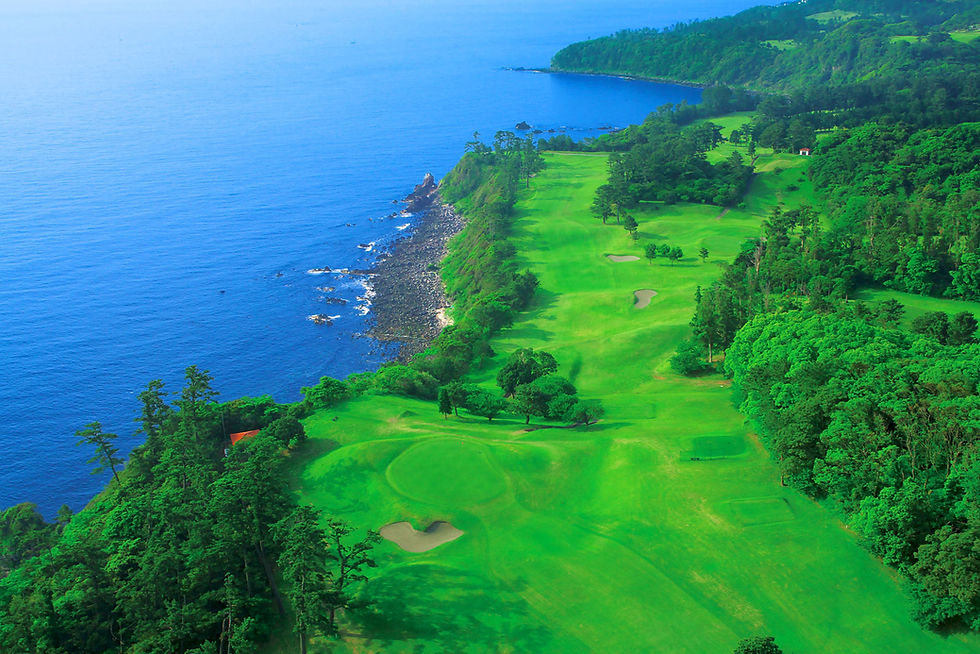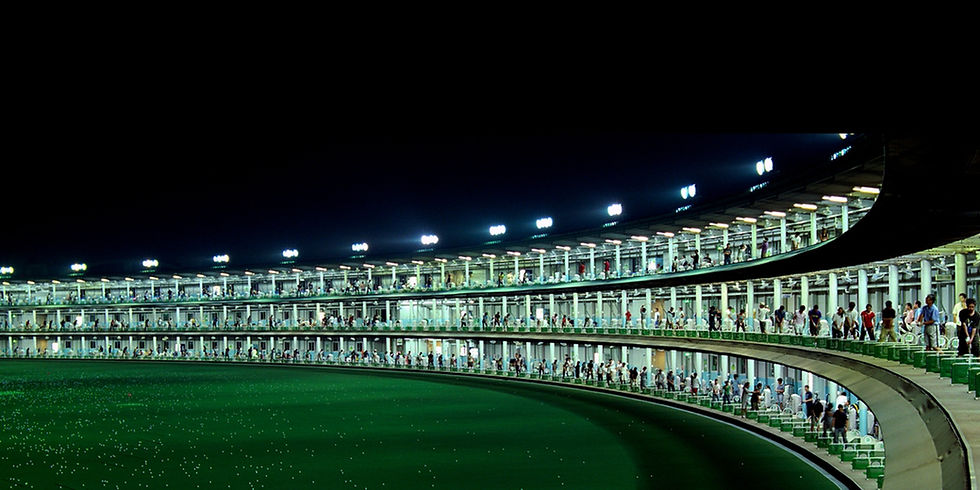Japan’s inbound Golf tourism- Where to start?
- Kieron Cashell
- Aug 13, 2019
- 3 min read
In 2018 the Japanese government decided for the first time to market Japan as a sporting destination. Among these sports- Golf.
In a country that has over 2,000 golf courses- more than the UK, Ireland and Scotland combined, why is it only now that Japan’s golf courses are opening to the inbound golfer? Well, it’s not that simple to answer, and to understand the intricacy of the sport in Japan, you need a brief history of Golf in the land of the rising sun.
Golf came to Japan in 1903, it’s first course was Kobe Golf Club, constructed by the British expat Hasketh. But it wasn’t until after the war and in particular Japan’s rapid growth phase or ‘Bubble’ era, did it really gain popularity, in the 70’s and 80’s a veritable explosion of courses and with them an unprecedented growth in membership fees- on average over 20,000,0000 and higher! Seen as a status symbol and a way to do business in a relaxed and opulent setting.
When the bubble burst at the end of the 90’s many Japanese golfers were left with a membership that was worthless and most courses becoming public. But this wasn’t the end, the golf courses opening to the general public meant that online booking sites like Rakuten Gora and Golf Digest Online to flourish, and usher in a 2nd wave- a digital driven boom, to the waning domestic industry. As a result, the sport becoming less a status symbol and more of an accessible sport by all social classes. Courses and players adapted to this new era and the next 20 years progressed with the industry largely buoyant.

Today, the golf industry has new challenges. With the average golf course member now over 70, the baby boomer generation are now in decline and with them the base that had been bolstering the golf course business in Japan. Its whispered that one or two courses in Japan close its doors every month. The larger conglomerate groups like PGM (Pacific Golf Management) and Accordia are able to survive with group wide memberships and schemes offering great value for the average golfer, but for the single owner courses, especially if they are far away from the cities, the outlook is a little more bleak.
Or is it? In 2015, a new bubble of sorts began, with the start of the Inbound boom, weakening yen and the announcement of the olympics seen the inbound tourist numbers soar, in 2018 with the inflated numbers exceeding targets and passing 30 million per year, came problems with tourism pollution and too much concentration along the Golden route (Tokyo-Kyoto) A push was made to bring people to alternative cities, other routes, and to spread the income, particularly to the Inaka (countryside) areas, whose dwindling populations and economies needed it the most.
Also in 2018 the JNTO (Japan National Tourism Organization) recognized that the luxury segment coming to Japan were craving something more than temples and sushi, something experiential and with the same omotenashi and quality of service that is found in the more traditional hospitality businesses in Japan. The realization that Japan’s abundant and world-class golf courses were a drastically under realized asset dawned. Organizations such as the Japan Golf Tourism Association and its regional counterparts in Mie, Shizuoka and Hokkaido have established themselves and have attempted to educate the golf industry on this new potential revenue source.

However uptake from the general golf business in Japan has been slow, there are success stories, a few courses boast up to 15-20% of it’s rounds played by foreigners. However, barriers still exist, the biggest being language. Its a rarity for a golf course to have an English speaker, difficult for golfers with clubs in tow to find the courses, and still an underlying feeling from the baby boomer members (particularly the ones still holding their defunct 20m memberships) that their course is a traditional community course, for members only, and steeped in tradition that should not be accessible to passers-by who don’t truly appreciate their club, values and traditions.
But it is clear that the courses who do not embrace this new found revenue, that do not evolve, will find themselves in rapid decline due to an increasingly shrinking domestic market… This is nothing new though they have known about this problem for years, and due to the prolonged ‘active senior’ lifestyle have managed to stave off a sharp decline, but not anymore. Their is a doom and gloom feeling in the industry, but this inbound golf segment has made some of the courses prick up its ears, and hopefully, this 3rd wave golf boom, as small as it currently is, offers surely, some light at the end of the tunnel, and could be one of the factors that helps sustain and nourish the industry in all corners of Japan for many years to come, because after all, it is worth saving.

Comments